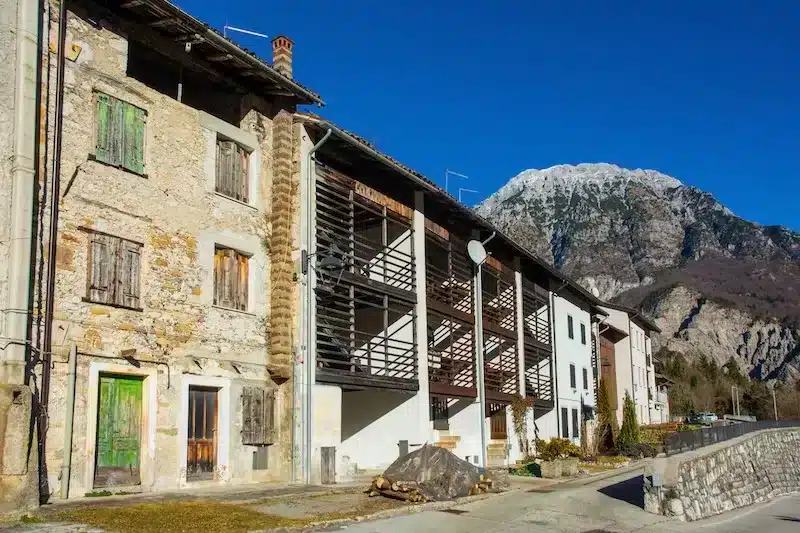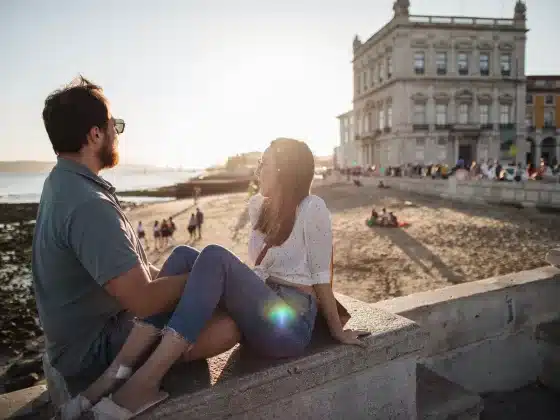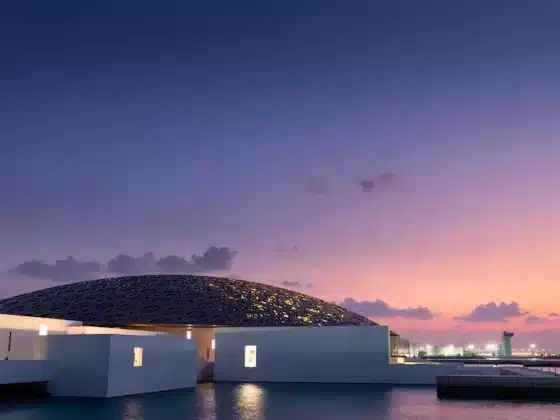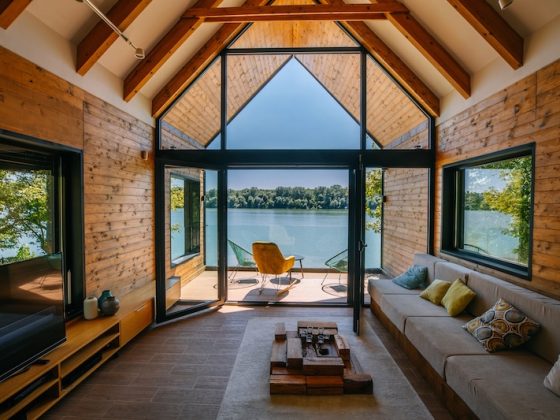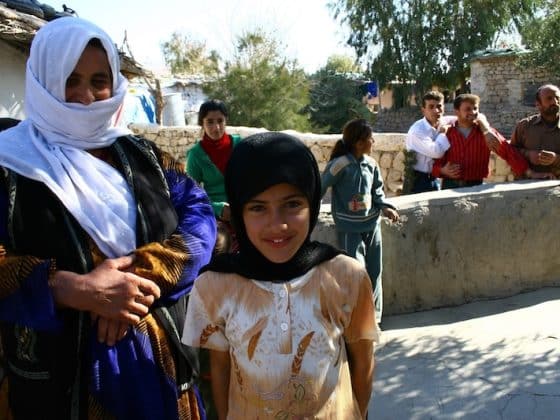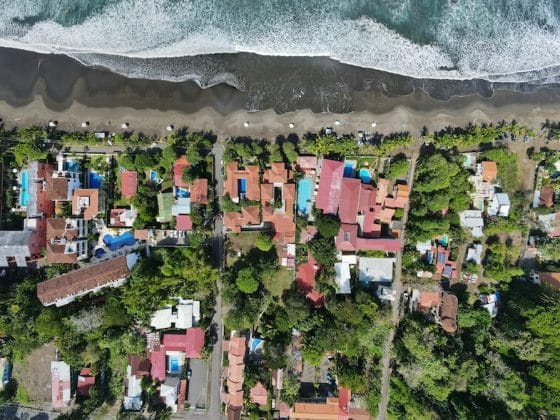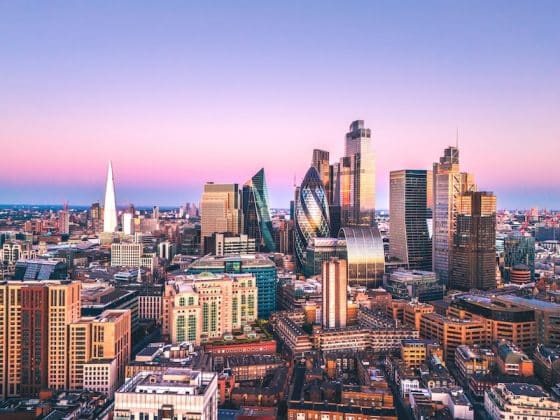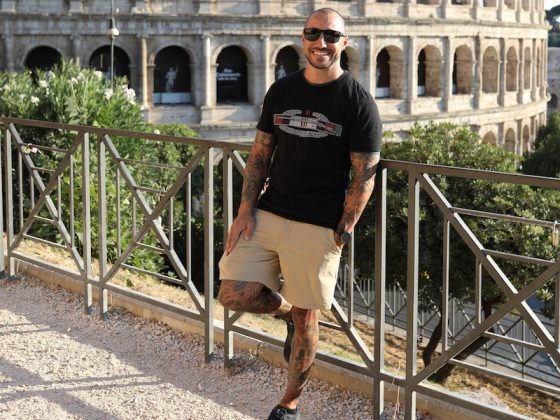In the rolling hills of Sicily, the $1 home revolution took root—not in boardrooms or ministries, but in cracked foundations and quiet ambition. The idea was simple: revive Italy’s most neglected towns by selling abandoned homes to foreigners for the symbolic price of a single dollar. What followed was far more than an economic experiment. It was a spark—one that ignited dreams of reinvention, simplicity, and escape.
The plan began in earnest over a decade ago in the Sicilian town of Gangi, which offered up a batch of crumbling homes for next to nothing. Other municipalities followed: Mussomeli, Sambuca, Troina, Ollolai, and beyond. Hundreds of these stone husks had been left behind as younger generations fled rural life for the cities, or for new lives abroad. In their absence, towns slipped into stillness—empty piazzas, shuttered windows, vines crawling through old doorways. But they weren’t forgotten. They were dormant, and this initiative promised to stir them awake.
Read more like this: Living in Italy as an American
The $1 home initiative appealed to something primal: a return to tangible living, to community, to slower days and grounded dreams. For many expats—from the U.S., the U.K., Australia, Canada—it wasn’t just about the property. It was about possibility. About the chance to begin again, to trade up frenetic ambition for soulful simplicity.
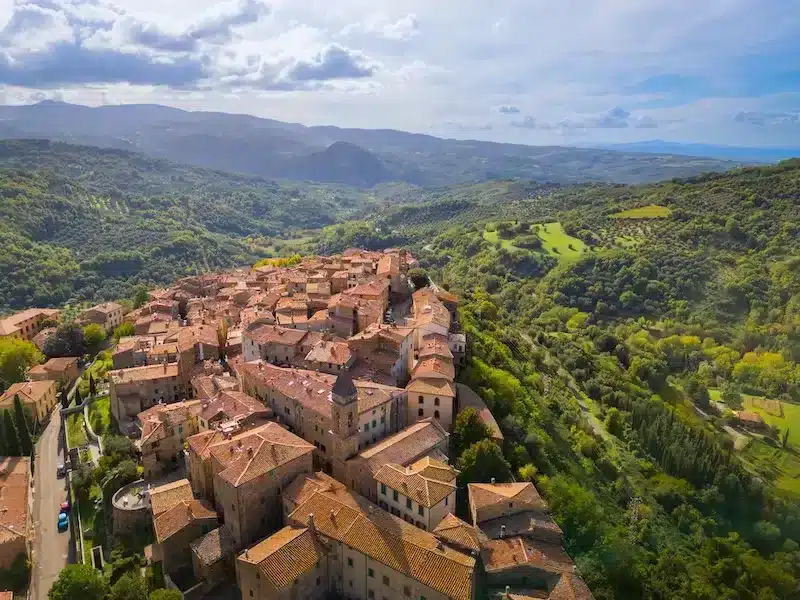
The Allure and the Promise
Of course, the homes weren’t really one dollar. That was the hook. The reality was more nuanced—and, in many ways, more romantic. Buyers were typically required to commit to renovations within a certain time period (often 1–3 years), put down a security deposit (sometimes around $5,000), and work with local officials to bring the properties back to life. But the real cost was never just financial. It was time. Labor. Emotion.
For some, it was the romantic notion of waking up to church bells and espresso in a hilltop town. For others, it was the cost: where else in the world could you buy property in Europe, even a ruin, for less than the price of lunch? And for many, it was something harder to name—the idea that in rebuilding a house, they might also rebuild some part of themselves.
The movement grew not through policy briefings or economic studies, but through word of mouth, social media, and the visceral pull of second chances. Slowly, the world turned its gaze to Italy’s forgotten villages and began to imagine what might be possible there.
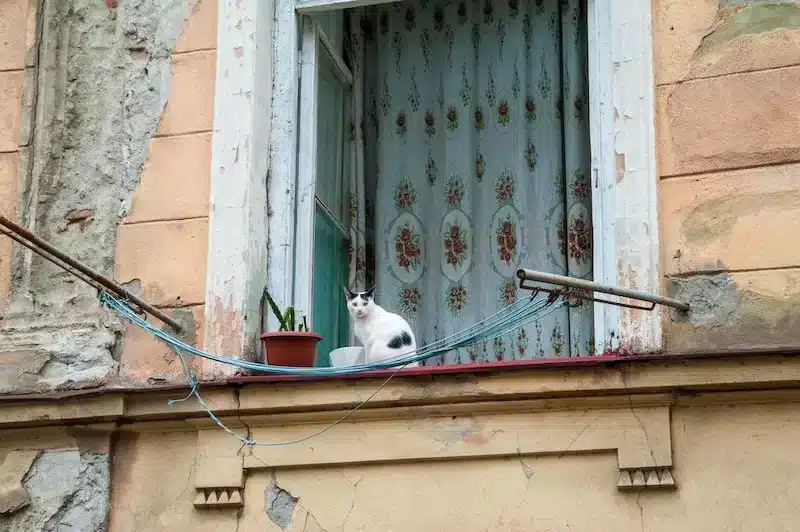
Restoring More Than Walls in Mussomeli
One of the most visible faces of this movement is George Laing, a British entrepreneur who stumbled upon Mussomeli’s $1 home scheme while scrolling online. George didn’t come to Sicily with a master plan. He came with questions—and the willingness to answer them by living them out.
In his early posts and YouTube videos, George documented his discovery of an abandoned home tucked into the tight alleyways of Mussomeli. He shared the good, the bad, the absurd—the calloused hands and broken tiles, the bureaucratic back-and-forth, the joy of finally turning on working lights. But what drew his audience wasn’t just the renovation journey—it was George’s reflection on the emotional reality of making a home in a place so far from everything familiar.
Read more like this: Want a €3 house in Italy?
When reflecting on what brought him to Mussomeli, George spoke about the need for something slower, something rooted. “I didn’t want to rush through life anymore,” he explained. “I wanted to actually live in a place. To meet the people, speak the language, sit on the same stoop every evening.” His story isn’t just about restoring walls—it’s about restoring rhythm.
Later in the process, as the dust began to clear and the outlines of his new life emerged, George shared something simple yet striking: “The house teaches you,” he said. “You come in thinking you’ll change everything. And then it humbles you. You learn how to listen. To adapt. To ask for help.”
Through his eyes, we saw more than bricks. We saw belonging take shape. The friends he made in town. The dinners shared in half-finished kitchens. The local festivals. The way the community slowly opened, not to a tourist, but to a neighbor. His relationship with Mussomeli wasn’t transactional—it was transformational.
Over time, George’s project expanded—from one house to multiple properties, from personal renovation to community involvement. He opened conversations about sustainable restoration, about balancing local customs with expat enthusiasm, about respect. He spoke honestly about the challenges: unreliable timelines, language barriers, the steep learning curve of Italian building codes. And yet, his story is also one of quiet triumph. A portrait of someone who chose a different life—and patiently built it, brick by careful brick.
I didn’t want to rush through life anymore. I wanted to actually live in a place. To meet the people, speak the language, sit on the same stoop every evening.
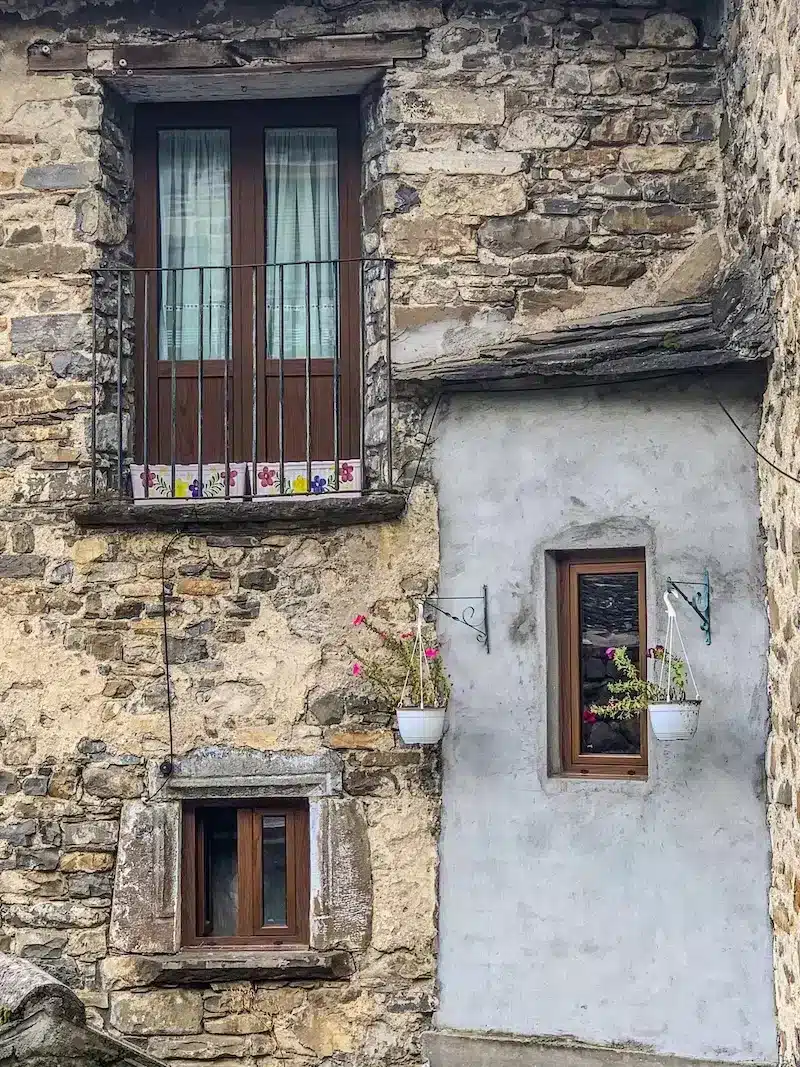
Reclaiming Time in the Pollino Mountains
Sara and Luca weren’t searching for a bargain—they were searching for balance. A creative couple based in Milan, they felt increasingly squeezed by the pace and pressure of urban life. The idea of buying a home for one dollar in Latronico, a quiet town in Basilicata’s Pollino Mountains, seemed less like an escape and more like a recalibration.
They found a crumbling house nestled between an old stone chapel and a cluster of fig trees. It needed everything: new plumbing, new floors, new life. But the bones were strong. And more importantly, so was their vision. “We didn’t come here looking for perfection,” Sara said. “We came looking for process. For quiet. For a different kind of success.”
The renovation was long and at times disheartening. Delays. Permit confusion. Unexpected costs. But Sara and Luca approached it like they would any creative project—slowly, with care. They documented their progress not to impress, but to share: glimpses of their new routine, of morning coffee on a half-built terrace, of painting walls with neighbors.
What they built was more than a house. It was a workshop, a studio, a gathering space for visiting artists and curious travelers. And in the process, they rekindled something personal, too. “The house changed us,” Luca said. “It gave us back our time. It made us notice again—how the sun moves across the kitchen, how silence feels when it’s earned.”
Their story is not flashy. But it’s deeply felt. A reminder that the $1 home movement isn’t only about transformation—it’s about intention. Now raising two children, the couple continues to embrace a life shaped by intention—where the lessons of restoring a home echo in the rhythms of raising a family.
We didn’t come here looking for perfection. We came looking for process. For quiet. For a different kind of success.
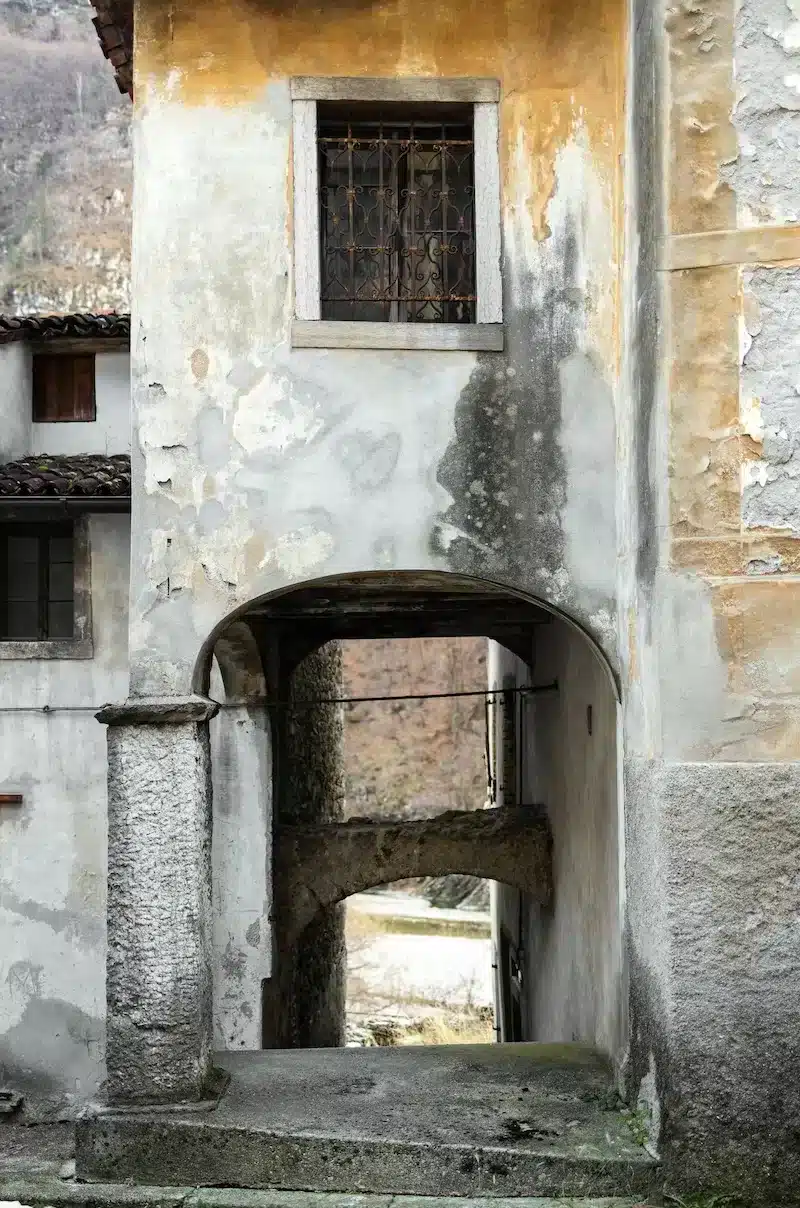
What It Really Takes
The headlines about $1 homes often gloss over the grit. But those who make it work share some common traits: resilience, resourcefulness, and a good deal of patience.
Renovating a crumbling 19th-century structure in a rural village comes with challenges—structural instability, moisture damage, limited access to skilled labor, and the constant friction of navigating permits, inspections, and red tape in a language you may not fully understand. Costs can quickly balloon beyond expectations. Timelines stretch. And the dream you had in mind may evolve into something very different—but just as beautiful.
But perhaps that’s the point. Because while the buildings may be fragile, the resolve of those restoring them is anything but. Even more than the bricks and beams, these projects require faith—in the process, in the place, and in your own ability to adapt. Those who thrive are often those who surrender to the experience without losing themselves in it.
Even more than the bricks and beams, these projects require faith—in the process, in the place, and in your own ability to adapt.
What Belonging Really Means
Belonging isn’t something you buy with bricks. It’s something you earn with presence. With showing up to town hall meetings, and helping neighbors prune their olive trees. With shopping at the weekly market and learning the dialect and attending local processions in the summer heat.
In that sense, the $1 home revolution is not just about affordable property. It’s about a kind of social contract. You give your time, your energy, your attention—and in return, you become part of something.
And it doesn’t happen all at once. It’s slow, cumulative. It grows in conversations and invitations, in shared meals and borrowed tools, in the moments when you’re no longer seen as an outsider but simply as someone who lives here too.
This is what makes the movement profound. It doesn’t just repopulate ghost towns. It reanimates connection. It re-teaches us what it means to be part of a place.
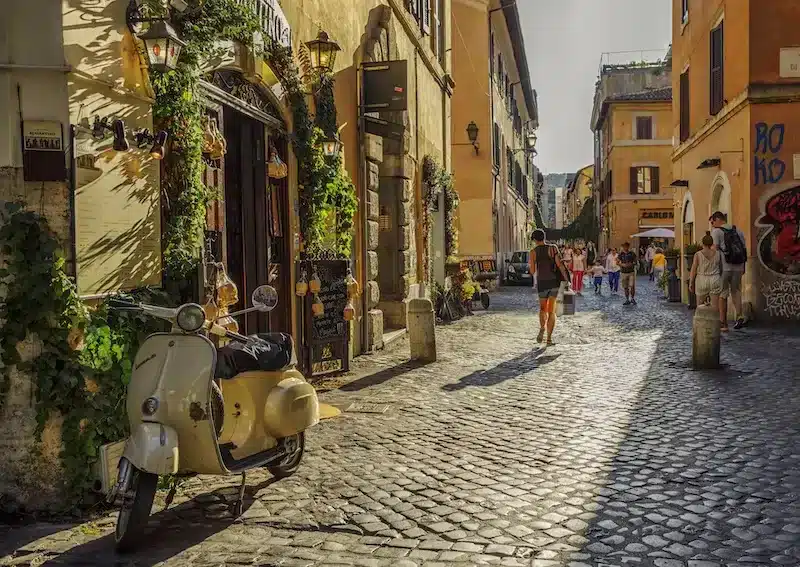
What About Residency?
It’s one of the first questions asked by those drawn to the $1 home dream: Can I actually live there full-time? The answer is layered. Buying property in Italy—even for a symbolic sum—does not automatically grant you residency.
Read more like this: Why Living Abroad Works
For non-EU citizens, especially Americans, Brits post-Brexit, and Canadians, staying long-term requires a visa. Some pursue the Elective Residency Visa, designed for those with passive income or retirement funds. Others explore digital nomad routes or self-employment options. The house might be the catalyst—but staying takes its own kind of commitment. A home opens the door, but the paperwork still has to follow.
The Next Chapter
Italy’s $1 homes may have been the start, but they’re no longer the end. Inspired by this movement, similar projects have emerged in Spain, France, Croatia, and even Japan. In some places, homes are nearly free; in others, towns offer grants, tax breaks, or other incentives to draw new blood.
But Italy retains a kind of mythic hold—because it was first. Because it’s where the romance of old stones met the urgency of modern flight. Because it showed us what’s possible when vision meets commitment.
The $1 home movement has shifted from novelty to template, from isolated experiment to global idea. Local governments are watching. So are future expats, artists, dreamers, and families looking for something that can’t be found in cities or suburbs.
So whether you’re dreaming of buying one of these homes or just fascinated by those who have, the truth remains: the $1 home is never just about money. It’s about reinvention. About hope. About saying yes to something wild and unfamiliar—and making it your own.
Read more like this: Legally Reduce Your Taxes By Moving Abroad
Follow Their Stories
Follow George Laing’s journey unfold on Instagram: @george_laing_
Watch Sara and Luca’s adventures on YouTube: @leawvlog
To View Affordable Homes, Condos, and Land Around the World! Click here
